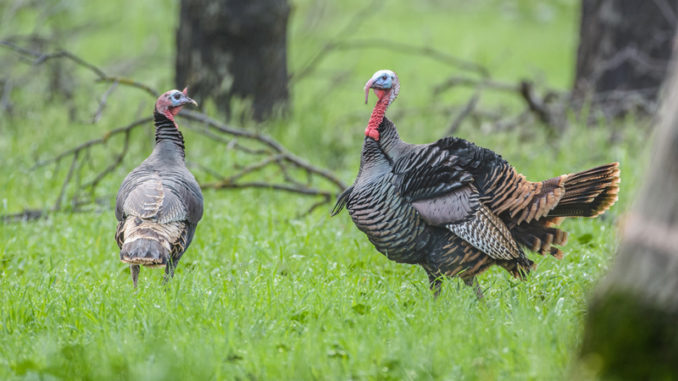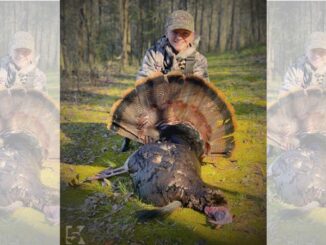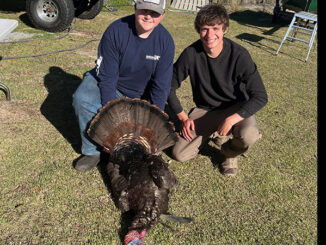
Call-maker suggests making plans for the rest of the day
Lots of hunters head to the woods on opening day of turkey season — North Carolina’s is Saturday, April 11 — with one thing planned: to call a gobbler off the roost and kill it.
But that doesn’t always work out. And if you don’t have a blueprint for the rest of the day, things might not go too well.
Kimmy Hanks, the award-winning call-maker who owns Hanks Game Calls in Reidsville, N.C., really wants to kill one right off the roost. But he has two backup plans when a gobbler doesn’t cooperate right away.
“Leading up to (opening day), I want to go and listen and find where the birds are roosting,” said Hanks (www.hanksgamecalls.com). “When I know where my bird is, I’m going to go and sit down as close to the roost as possible, maybe 75 yards. Then, I’ll do some soft calls. And hopefully, he’ll come down and walk my way.”
But that doesn’t always work, especially early in the season. Hens often win the battle for a gobbler’s attention at first light.
“If he’s henned up and goes off another way, if I can keep him gobbling, I can usually get an idea which way he’s going. And then I’m going to try and get way in front of him,” Hanks said. “On opening day, he’ll probably have hens with him. And all I want to do is get in front of him.”
Don’t overlook an opening day afternoon hunt
That might take a while, and if he can’t make that connection, Hanks’ next goal is to be back in the woods, in an area where he’s found plenty of turkey sign, early in the afternoon.
“I like to get out about 2 p.m. I’ve had real good luck between 2 and 3 p.m.,” Hanks said. “Calling birds in that time of day, it’s a crapshoot. But by then, they’ve lost their hens. You can call, and if he gobbles back, he might come right down your gun barrel. That’s happened to me so many times.”
Hanks usually won’t hunt late in the afternoon, opting to just come back the next morning and try again. But for hunters with limited time, he said intercepting a gobbler on its way back to the roost is a possibility.
“I do hunt afternoons, but seldom will I sit there until they go to roost. I’d rather wait and come back in the morning,” he said. “If you have to, go back and try and sit down 20 or 30 yards from where you think he’s going to come back to roost.”





Be the first to comment